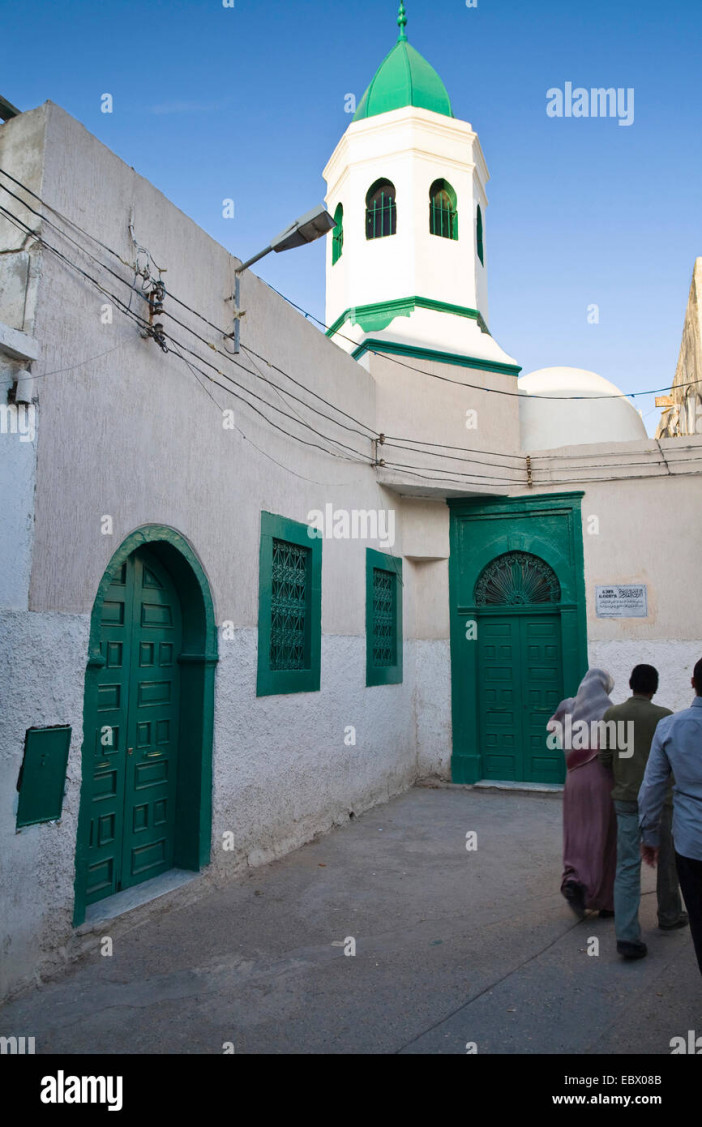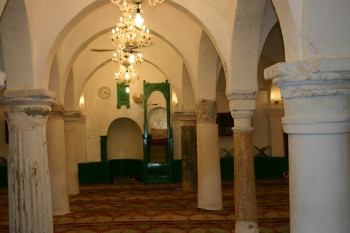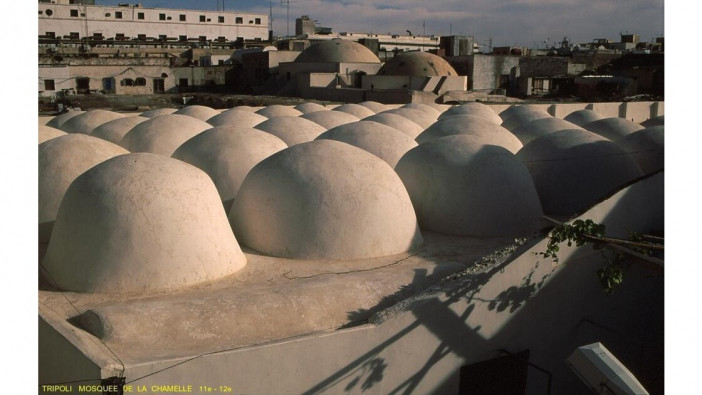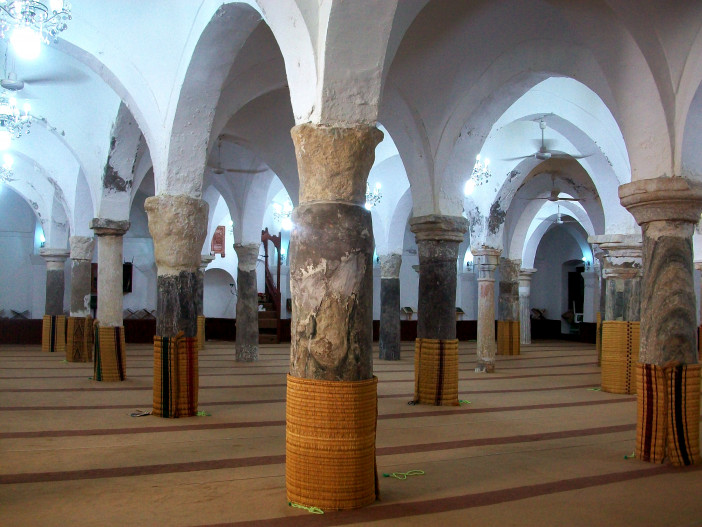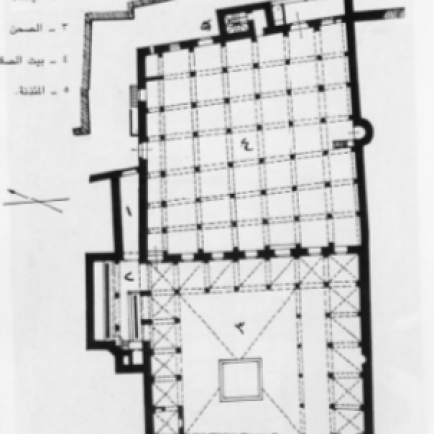Al-Naga Mosque
History
The En-Naga mosque (which means "the mosque of the Camel) would be the oldest in Tripoli, dating from the time of the Fatimid rulers. It would seem that the Fatimid mosque, arguably the largest in the country, was destroyed in 1510 by the Spanish conquerors during their assaults on the inhabitants who had taken refuge within its walls. Then abandoned for a century, it was rebuilt in 1610.
Urban and Architectural
It was the first very large domed mosque (42 in all) built in Libya. Its long arcades supported by a profusion of short columns with capitals (36 in all in 6 rows) all different, in a prayer hall of quite modest size, contribute to the charm of this building which is both sober and welcoming. Its small square minaret is of North African and not Ottoman inspiration.
Description
References
https://citeseerx.ist.psu.edu/viewdoc/download?doi=10.1.1.632.9790&rep=rep1&type=pdf
Details
Location
Shari Jama ad-Draghut, طرابلس
Worshippers
500
Area
1000
Drawings
Map
History
The En-Naga mosque (which means "the mosque of the Camel) would be the oldest in Tripoli, dating from the time of the Fatimid rulers. It would seem that the Fatimid mosque, arguably the largest in the country, was destroyed in 1510 by the Spanish conquerors during their assaults on the inhabitants who had taken refuge within its walls. Then abandoned for a century, it was rebuilt in 1610.
Urban and Architectural
It was the first very large domed mosque (42 in all) built in Libya. Its long arcades supported by a profusion of short columns with capitals (36 in all in 6 rows) all different, in a prayer hall of quite modest size, contribute to the charm of this building which is both sober and welcoming. Its small square minaret is of North African and not Ottoman inspiration.
Description


